
17 signs of kidney trouble you can see
Did you know that your skin, nails, and even your breath can reveal important clues about your kidney health? Kidney disease is more common than you might think — and it often hides in plain sight. It's estimated that up to 90% of people with chronic kidney disease (CKD) don't even know they have it. This is concerning because early detection allows for effective treatment and can prevent further damage.
Let’s explore 17 warning signs of kidney disease you can actually see or feel, based on insights from Dr. Siobhan Deshauer.
Understanding Your Kidneys
Your kidneys are two bean-shaped organs located in your lower back, just below the ribcage. While many people think of them as mere filters, they do far more: they regulate salt, potassium, and electrolytes, balance blood pH, produce red blood cell–stimulating hormones, and help maintain bone health. When kidneys malfunction, the consequences show up in various parts of the body — including the ones you can see.
Key Points
-
Most people with kidney disease are unaware of their condition.
-
Early detection can treat the root cause and prevent damage.
-
Symptoms may appear in urine, skin, nails, or breath.
-
Common causes include diabetes, high blood pressure, and long-term use of certain medications.
The Visible Signs
17. Foamy Urine

Persistent, frothy white bubbles in your urine — similar to the head on a beer — may indicate protein leakage (especially albumin). Normally, kidney filters (glomeruli) prevent large proteins from escaping into the urine, but damage can create openings that allow albumin to leak. Albumin behaves like soap, creating bubbles in the toilet bowl.
16. Swelling (Edema)
To check for fluid retention, press your thumb gently into your shin for five seconds. If it leaves an indentation, it's called pitting edema. This may occur when kidneys lose albumin, causing fluid to leak into tissues — especially around the eyes, feet, and ankles.
15. Frequent Nighttime Urination
Needing to urinate multiple times at night (a condition called nocturia) can signal kidney issues. Contrary to the belief that more urination equals healthy kidneys, the real concern is whether your kidneys can properly concentrate urine.
14. Half-and-Half Nails
Examine your fingernails: people with chronic kidney disease may develop nails where the top half appears pink or brown, while the bottom half remains white. Known as “half-and-half nails,” this phenomenon is linked to kidney problems, although the exact cause is still unclear.
13 & 12. Skin and Artery Calcification

Excess phosphate that isn’t filtered out by the kidneys may combine with calcium and form crystals. When these crystals deposit under the skin, they cause calcium bumps (calciosis cutis) — firm, painless, yellow-white nodules. Worse, they may harden arteries, reducing their flexibility. This arterial calcification can appear on X-rays and even feel like guitar strings under the skin.
11 & 10. Muscle Cramps and Bone Loss
Low calcium levels — common in kidney disease — can cause painful nighttime muscle cramps. The body compensates by releasing parathyroid hormone, which pulls calcium from bones, leading to osteoporosis over time. Signs include height loss or fractures from minor falls.
9 & 8. Itchy Skin and Restless Legs

When waste builds up in the blood (a condition called uremia), it can irritate the skin, causing intense itching — often worse at night. Uremic toxins can also overstimulate nerves, contributing to restless legs syndrome, a strong urge to move your legs at night due to iron or dopamine imbalances.
7 & 6. Metallic Taste and Loss of Appetite
Uremia can alter your sense of taste and smell, causing a metallic taste in the mouth (like sucking on a penny) and urine-like breath. It also affects appetite-regulating centers in the brain, leading to nausea, reduced hunger, and unintentional weight loss.
5. Easy Bruising

Uremic toxins can reduce the stickiness of platelets (blood-clotting cells), making bruises, nosebleeds, or bleeding gums more likely — even after minor bumps or brushing your teeth.
4 & 3. Uremic Frost and Pericarditis

In severe kidney failure, sweat can carry concentrated waste. When it evaporates, it may leave a white, powdery residue on the skin called uremic frost. Another critical symptom is pericarditis, inflammation of the heart’s outer lining, causing chest pain as the heart rubs against inflamed tissue.
2. Fatigue (Anemia)
Your kidneys produce a hormone called erythropoietin (EPO) that tells the bone marrow to make red blood cells. When EPO levels drop, anemia can develop, leading to persistent fatigue and low energy — even after rest. The good news is that this can often be managed with treatment.
1. No Symptoms

Perhaps the most dangerous sign is no sign at all. In early stages (1–2), chronic kidney disease may not show any symptoms. It’s often discovered through routine blood or urine tests. This highlights the importance of regular checkups — especially if you have risk factors.
Risk Factors and Prevention
The leading causes of kidney disease are diabetes and high blood pressure. Long-term use of over-the-counter painkillers like ibuprofen or naproxen can also harm the kidneys. Use these medications cautiously and speak with your doctor about regular kidney function checks if you rely on them.
Staying informed and managing chronic conditions effectively is the key to protecting your kidneys — and your long-term health.
News in the same category


The Body Senses the End: The Importance of Smell in Health and Wellbeing
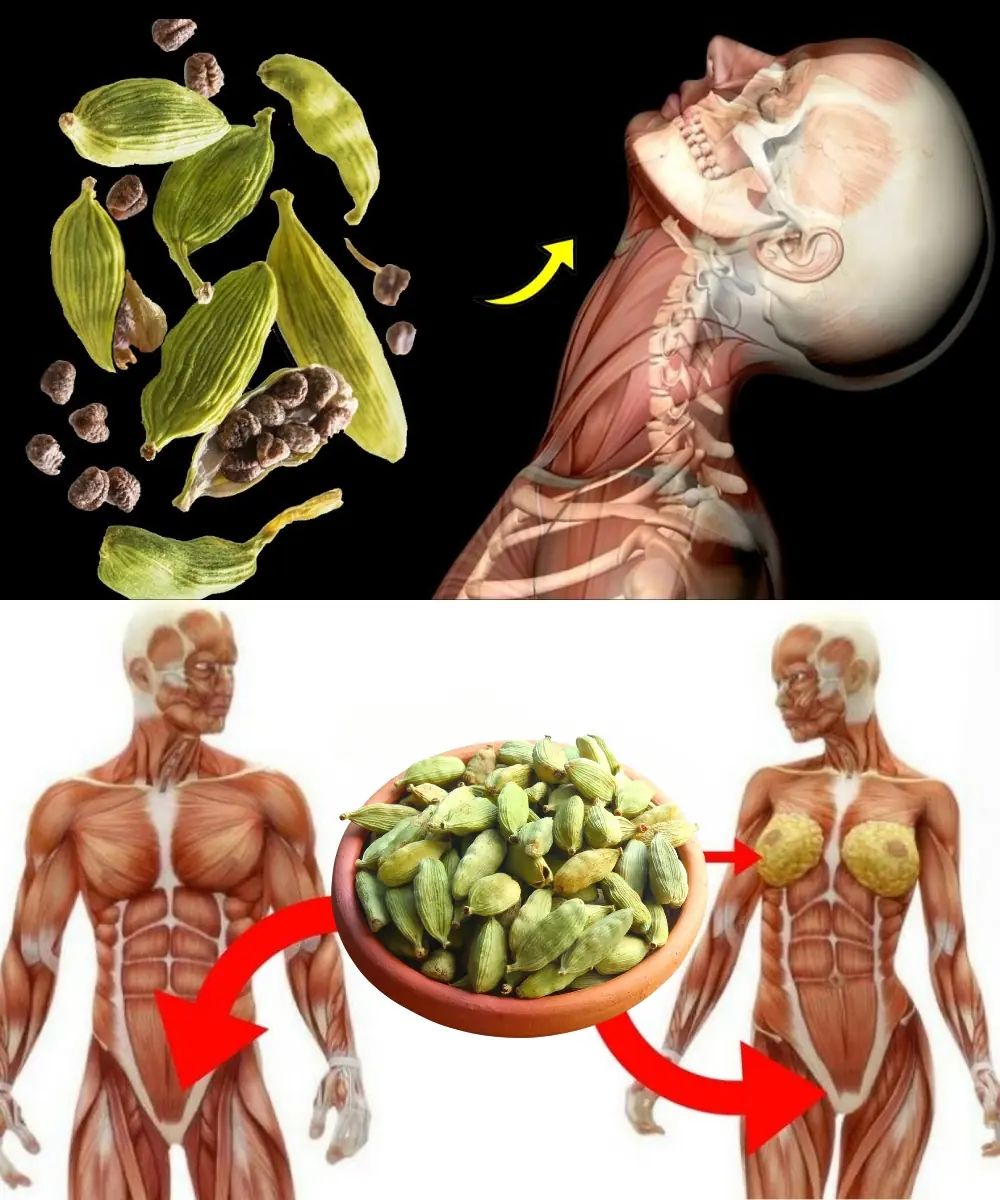
What Happens to Your Body When You Add Cardamom to Your Food Every Day

Clove benefits for Skin – Clove Oil, Clove Gel & Clove ice cubes

Discover the Incredible Benefits of Beets: Recipes and Natural Remedies for Your Health
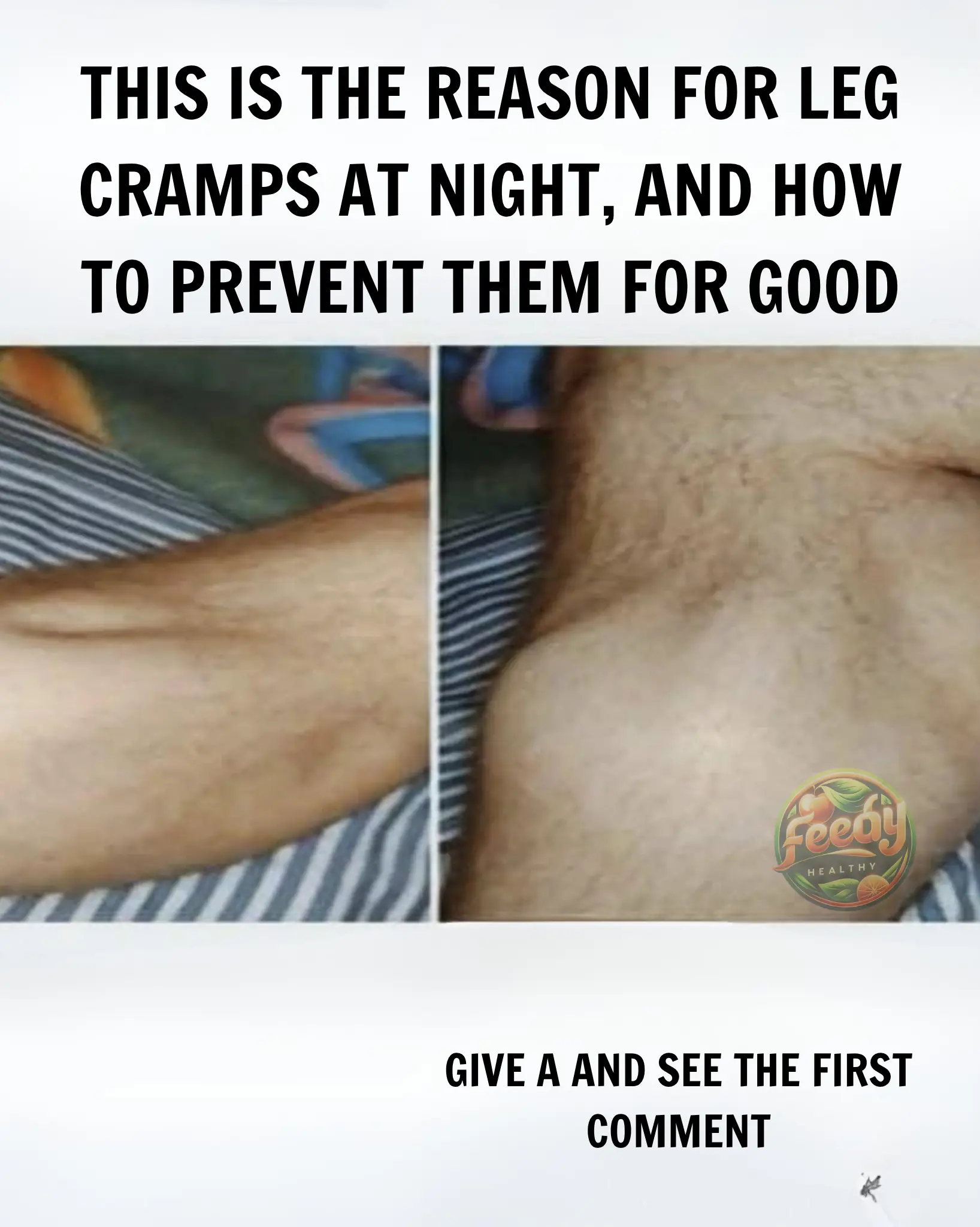
Nighttime Leg Cramps: Causes and Natural Solutions

Owls: Night Guardians and Their Connection to Your Home
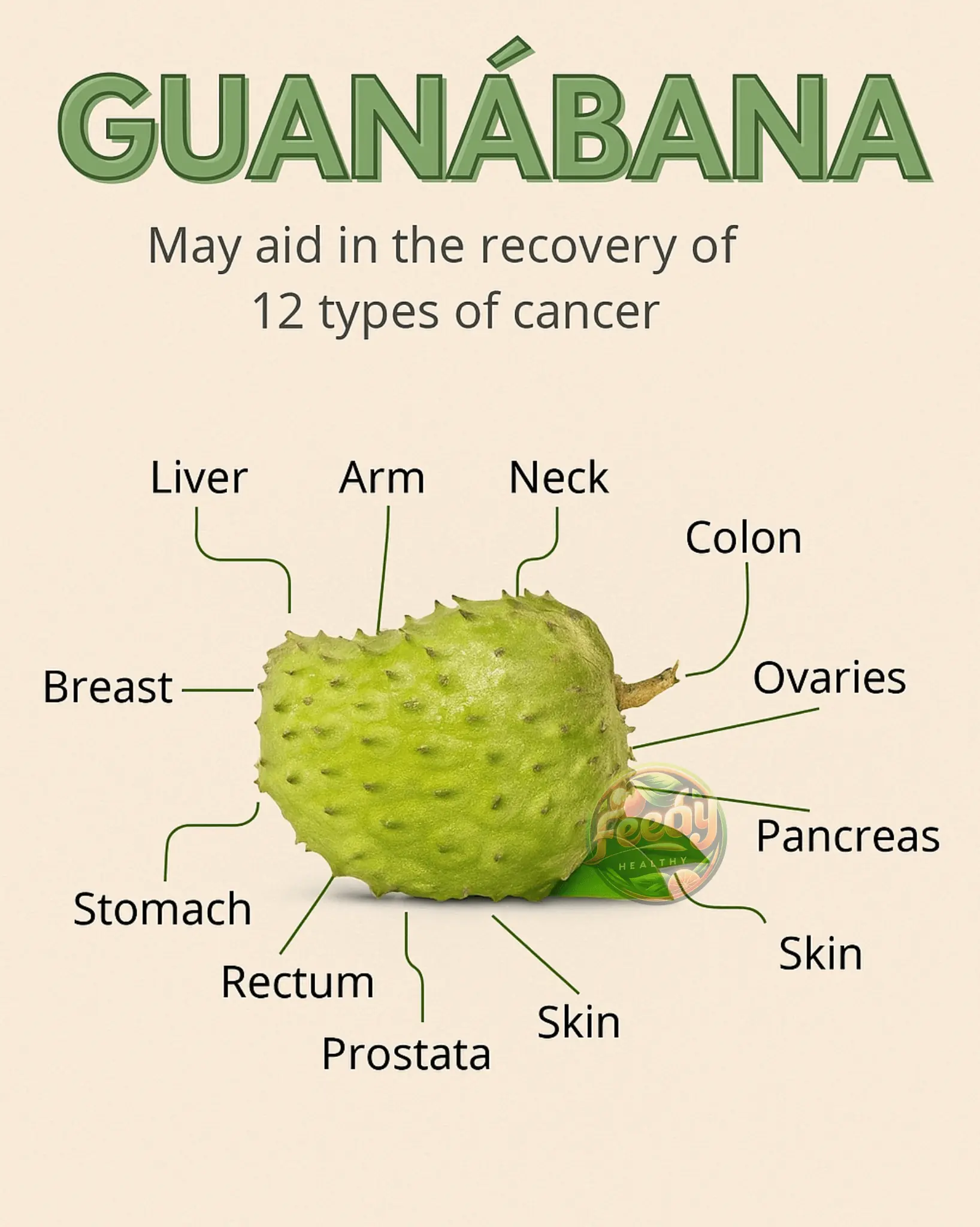
Soursop: A Miraculous Fruit to Strengthen Your Cellular Health
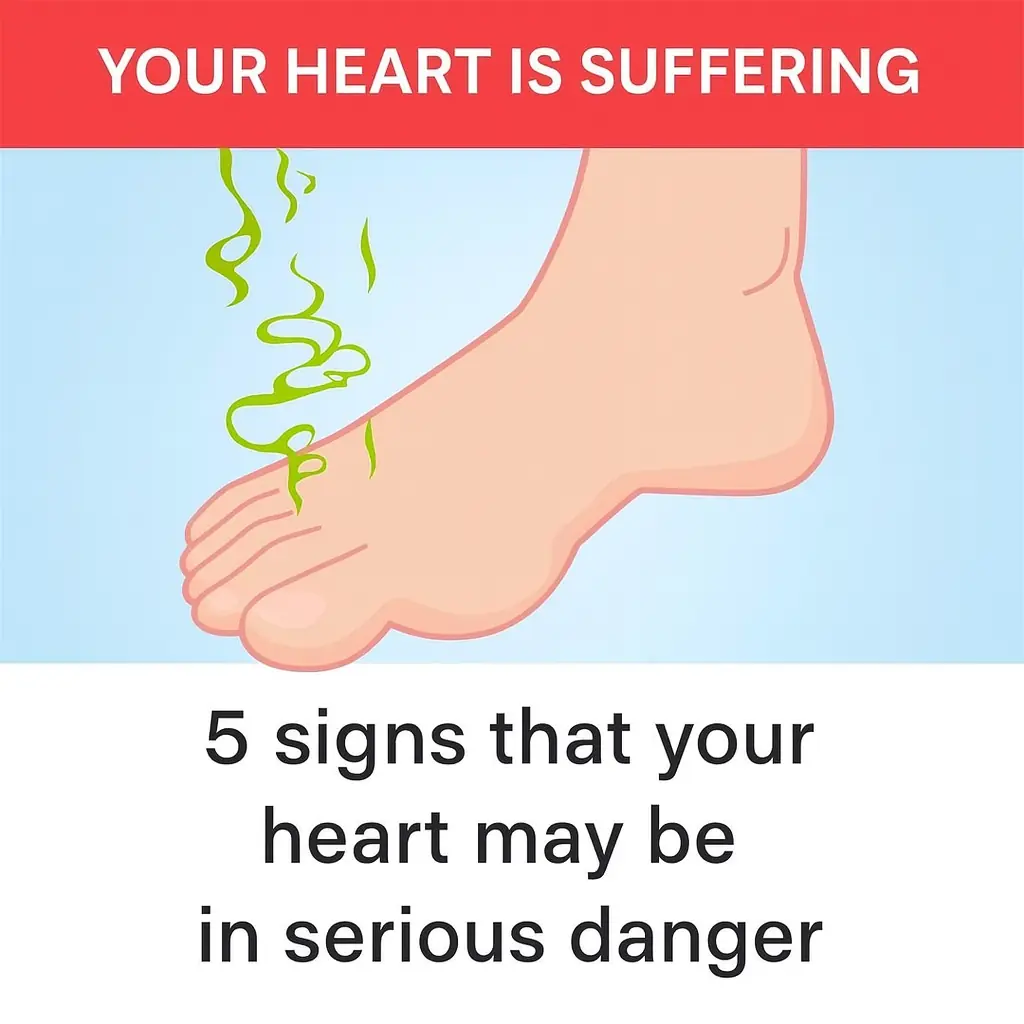
5 Signs Your Heart May Be in Serious Danger

Mix these seeds in oil for long thick hair
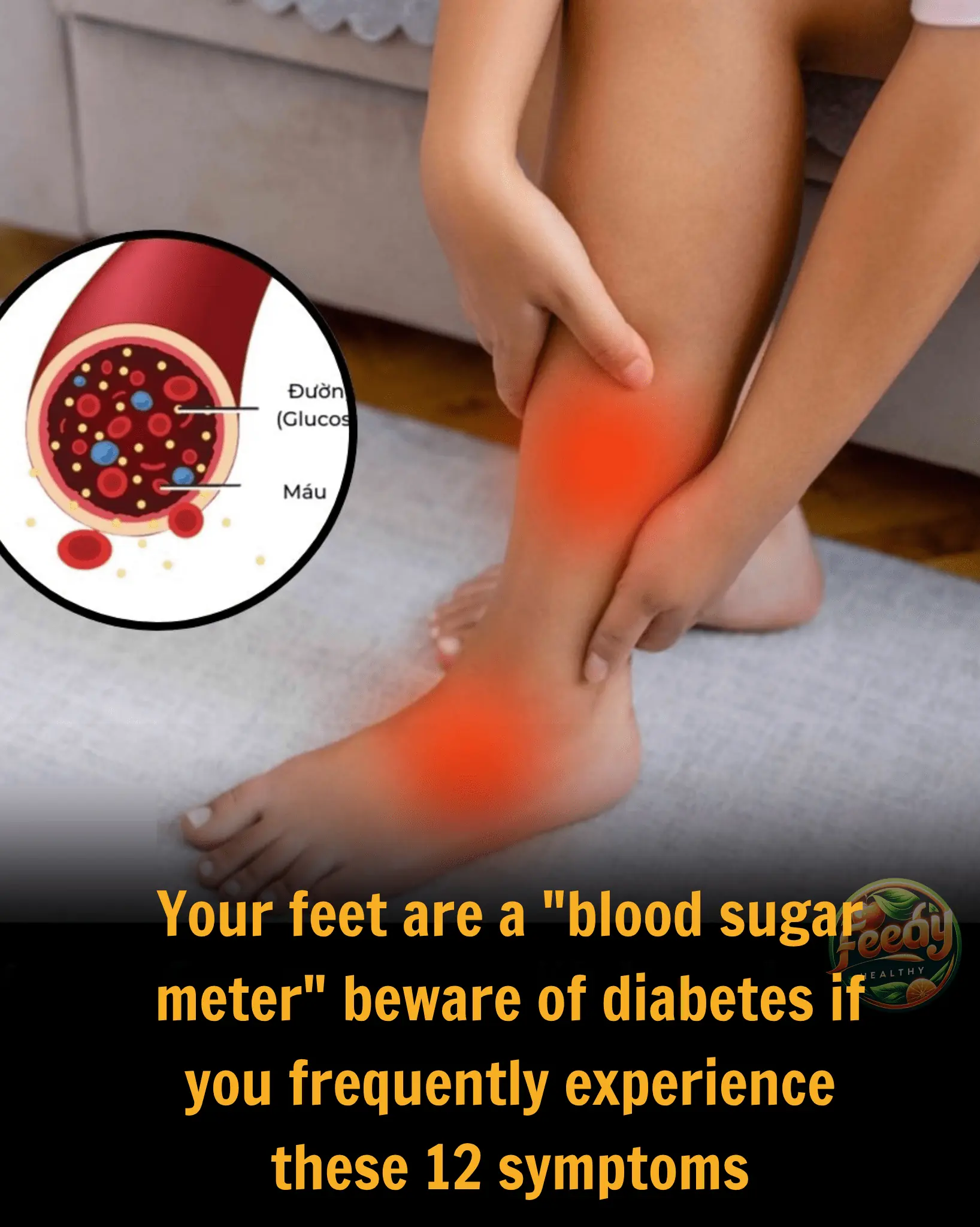
12 Warning Signs Your Blood Sugar Might Be Too Low
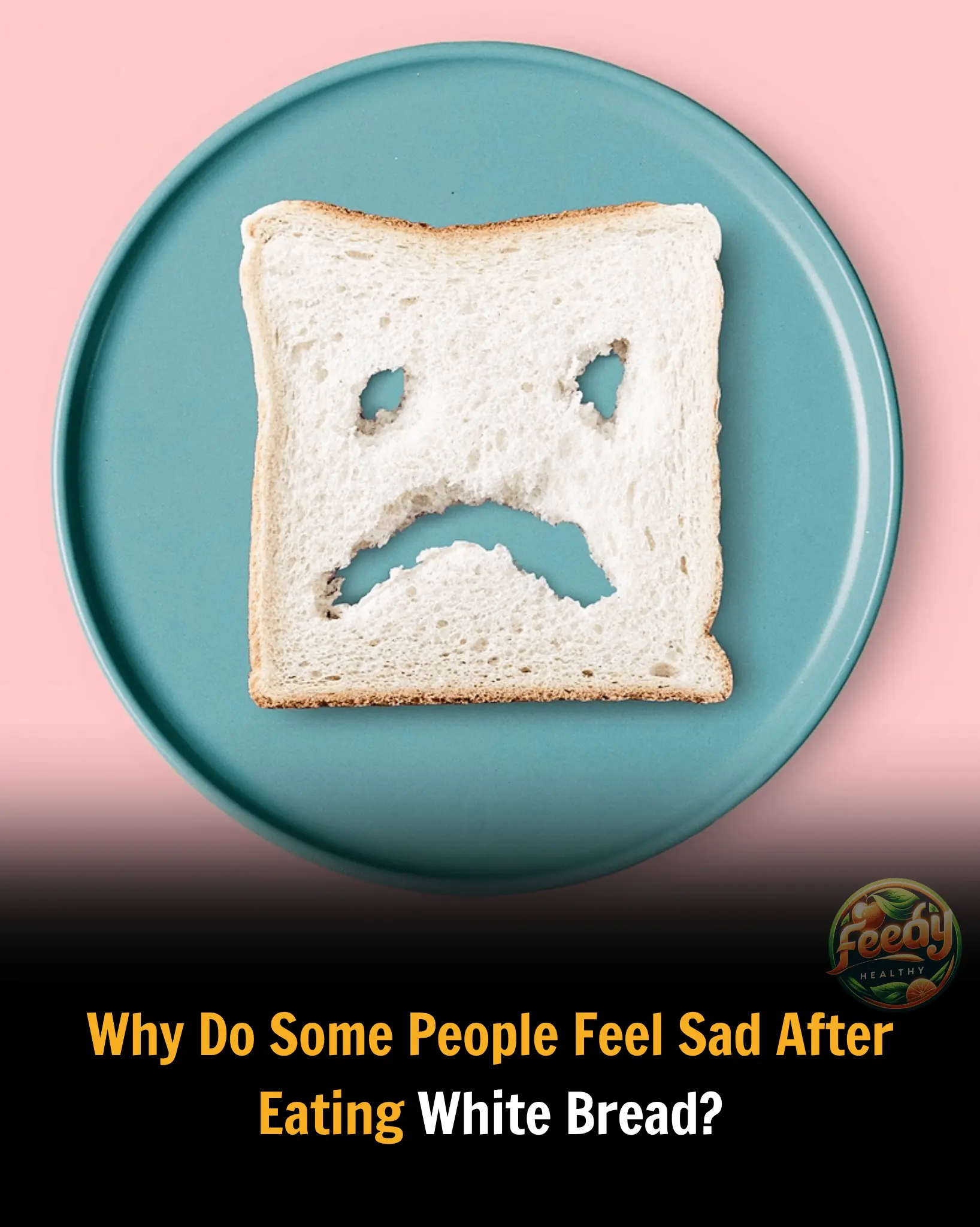
Why Do Some People Feel Sad After Eating White Bread?

Discover the Powers of Moringa: Traditional Recipes and Health Benefits
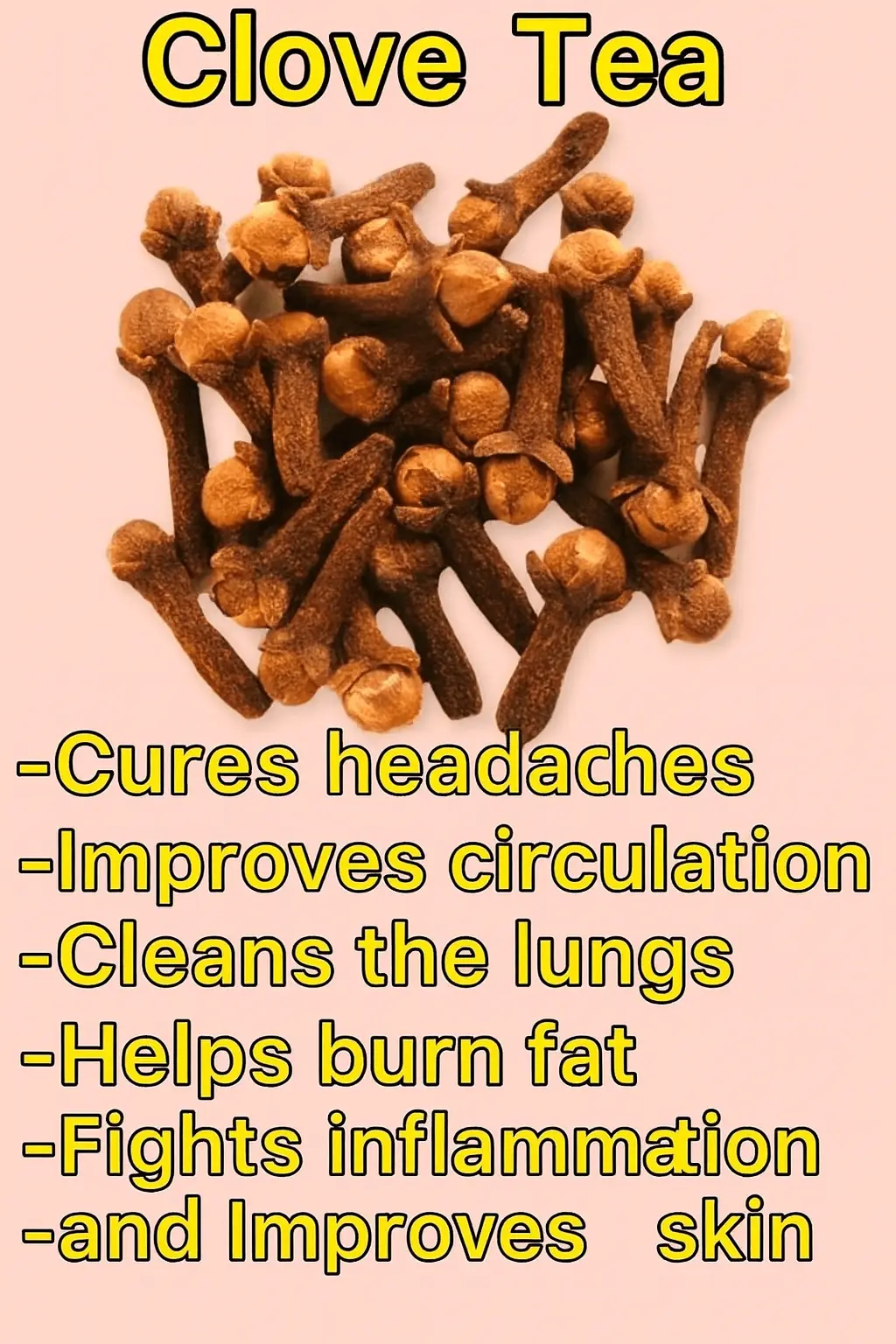
Benefits of Clove Tea: How to Transform Your Health One Cup at a Time
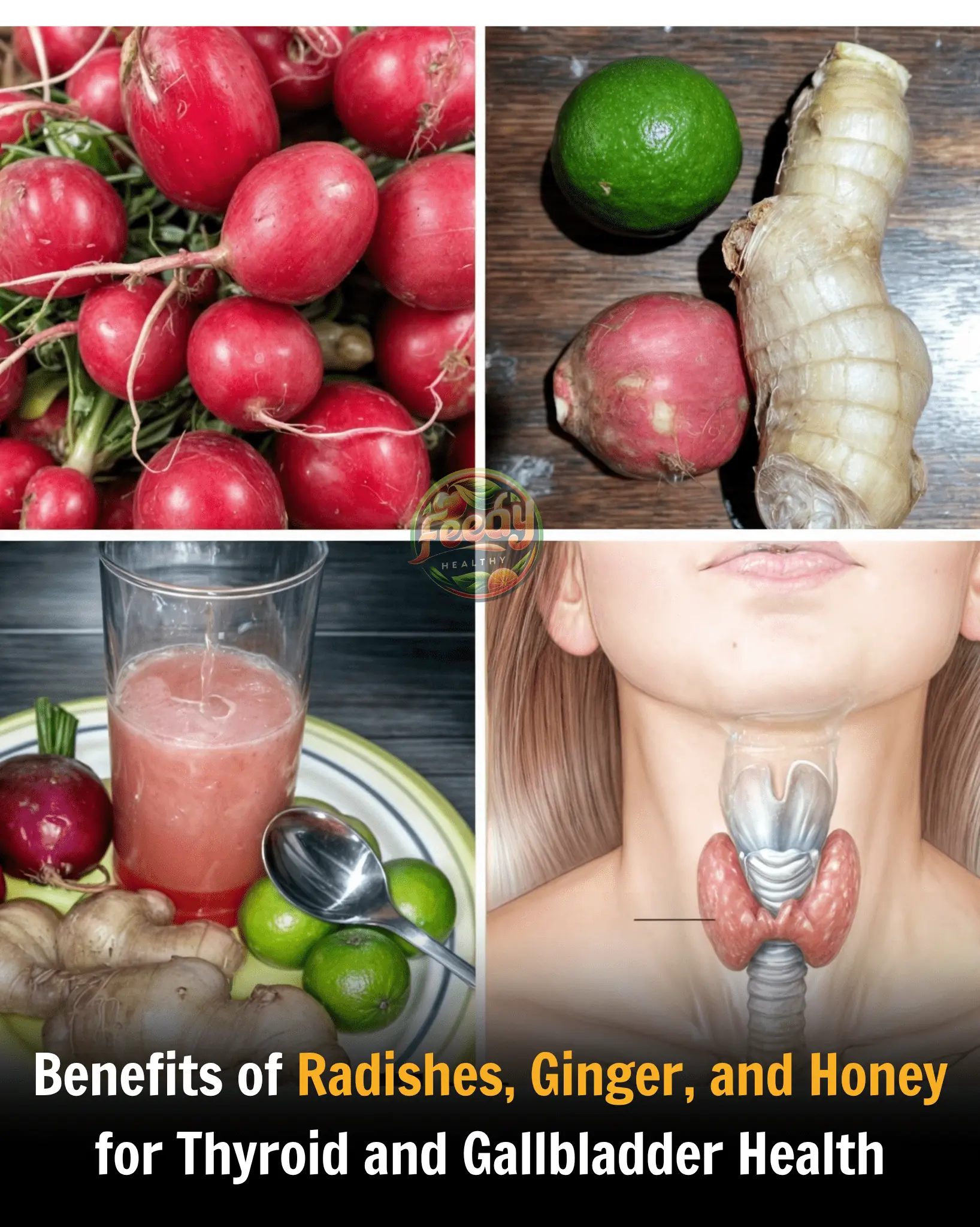
Benefits of Radishes, Ginger, and Honey for Thyroid and Gallbladder Health

Why Do Couples Start Sleeping Separately After Age 50?
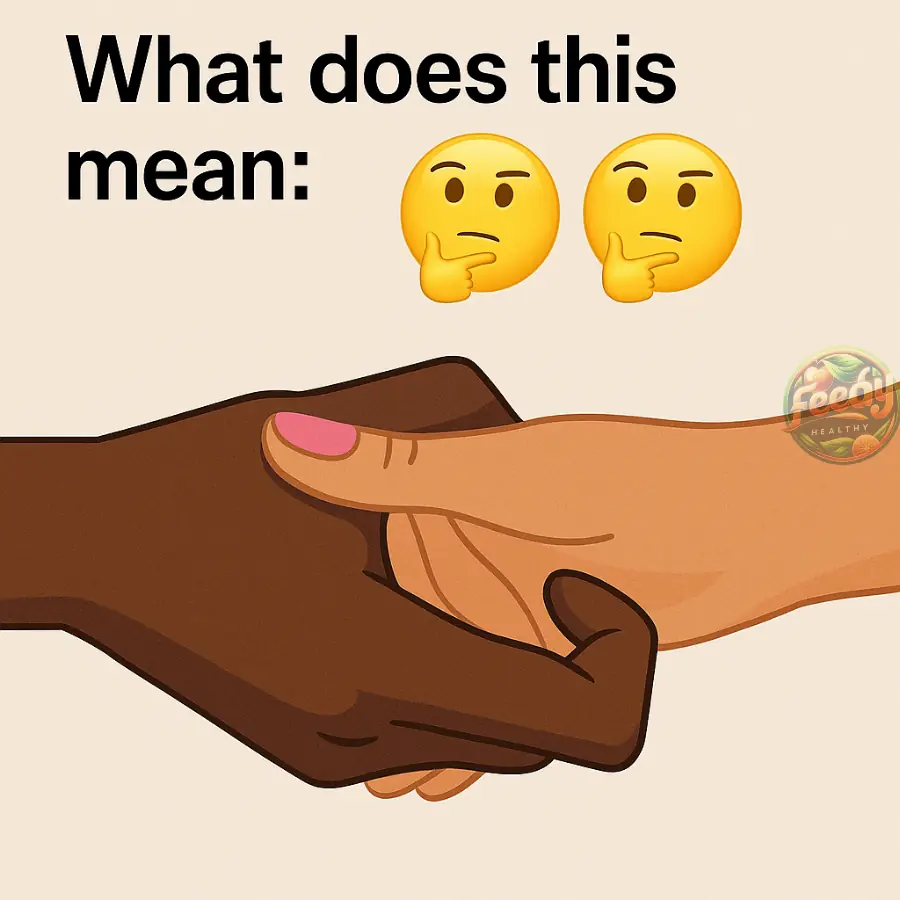
The Deep Meaning of Holding Hands: Emotional Connections and Symbolism
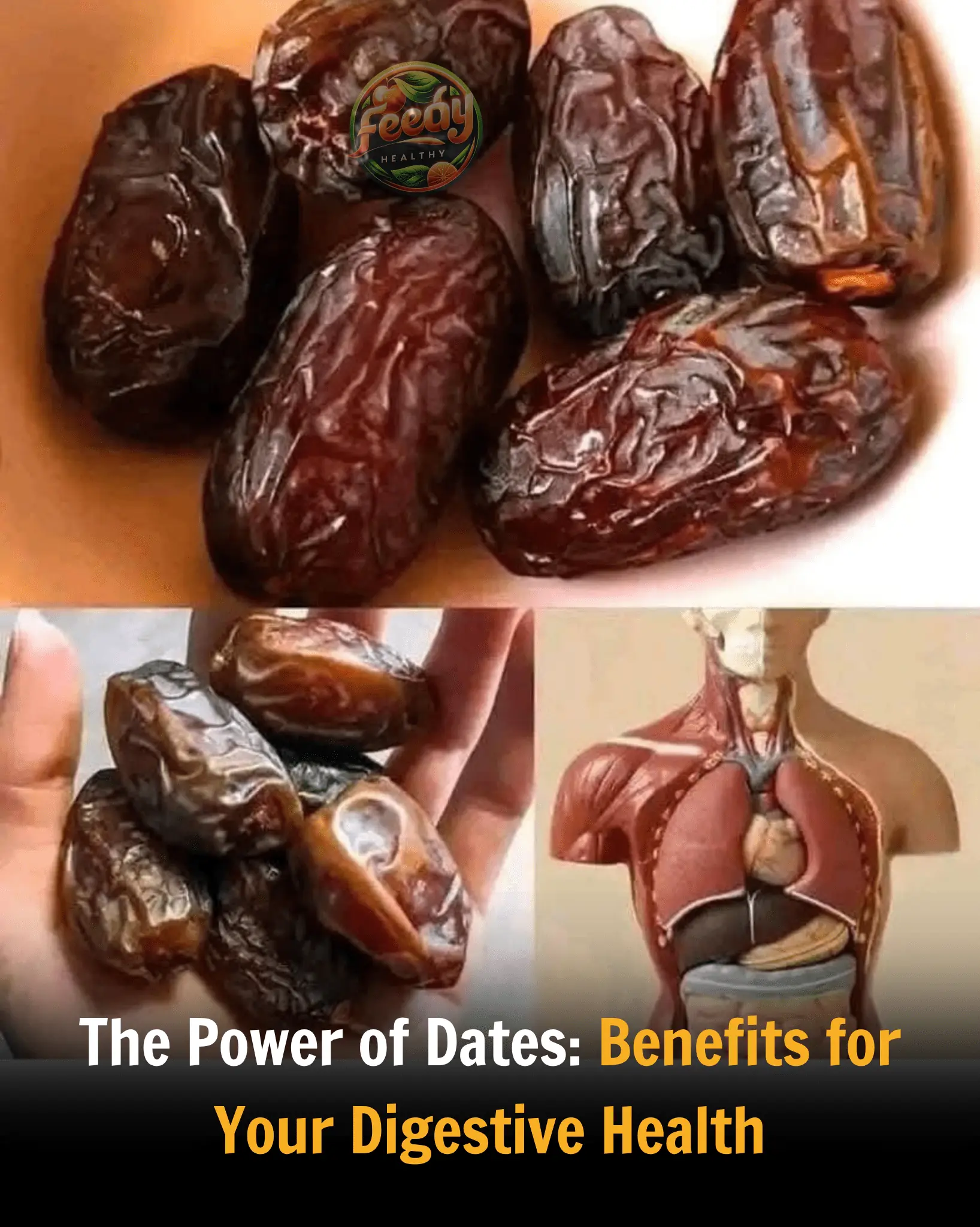
The Power of Dates: Benefits for Your Digestive Health
News Post
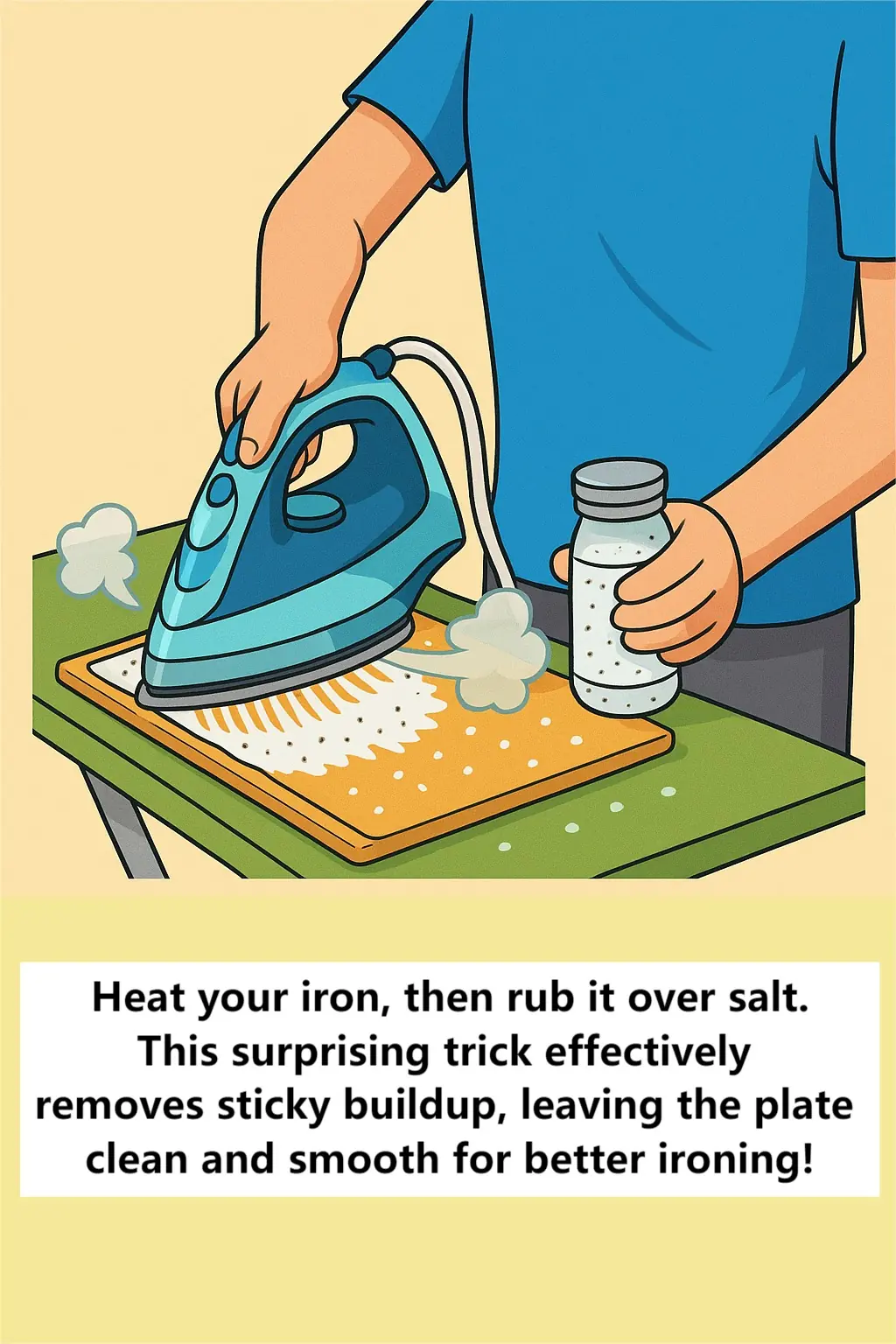
Simple Salt Hack Helps Clean Sticky Irons and Improve Performance

I’m Not His Mom—But Everyone Thinks I Am, And I’m Starting To Wonder Why

My Little Brother Went Missing At The Parade — And When I Found Him, A Cop Was Kneeling Beside Him Saying This…
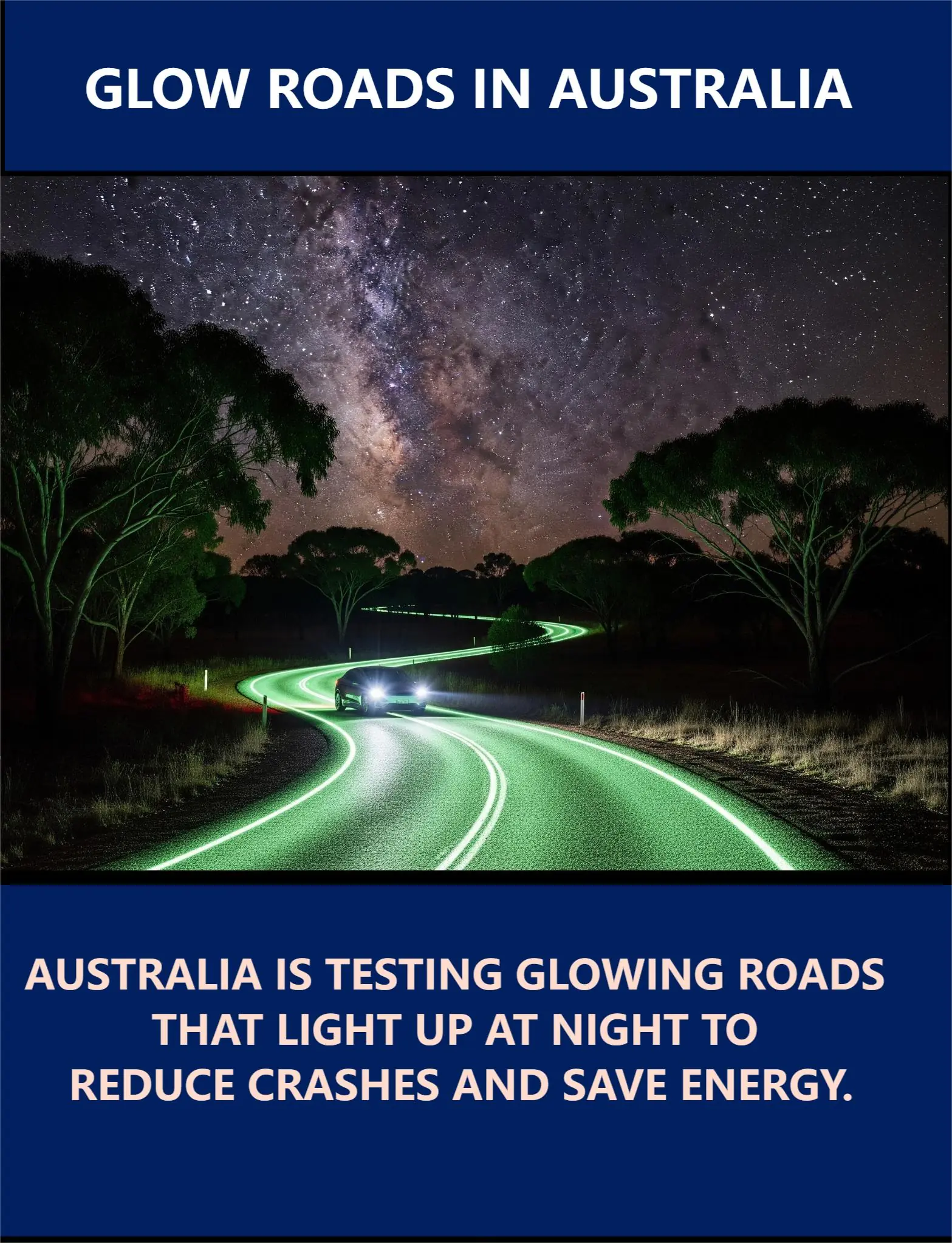
Australia Trials Glow-in-the-Dark Roads to Boost Nighttime Driving Safety

Sip Your Way to Radiance: The Ultimate Banana, Avocado & Carrot Smoothie That’ll Transform Your Health! 🥑🍌🥕
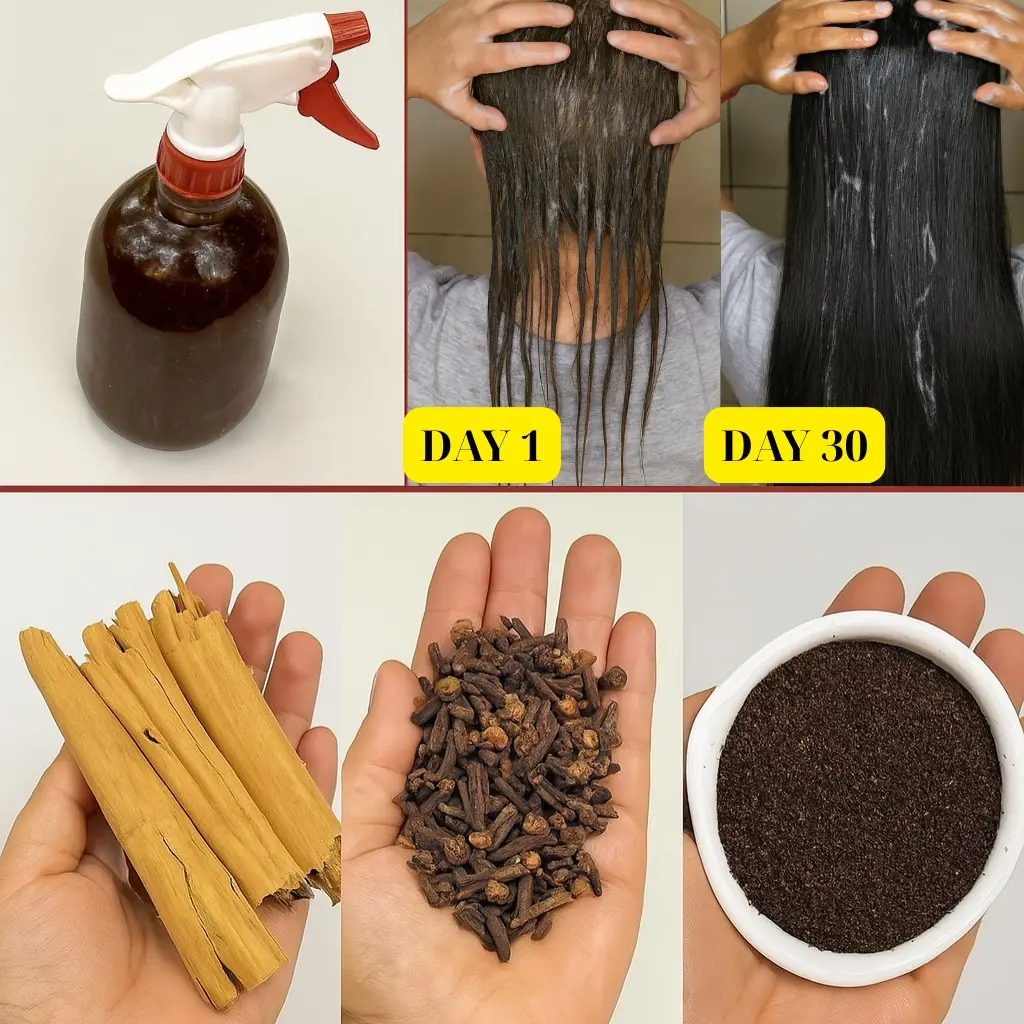
This Ancient Hair Elixir Stopped My Gray Hairs, Made My Hair Grow Faster, and Brought Back Its Shine — Here’s the Secret Recipe
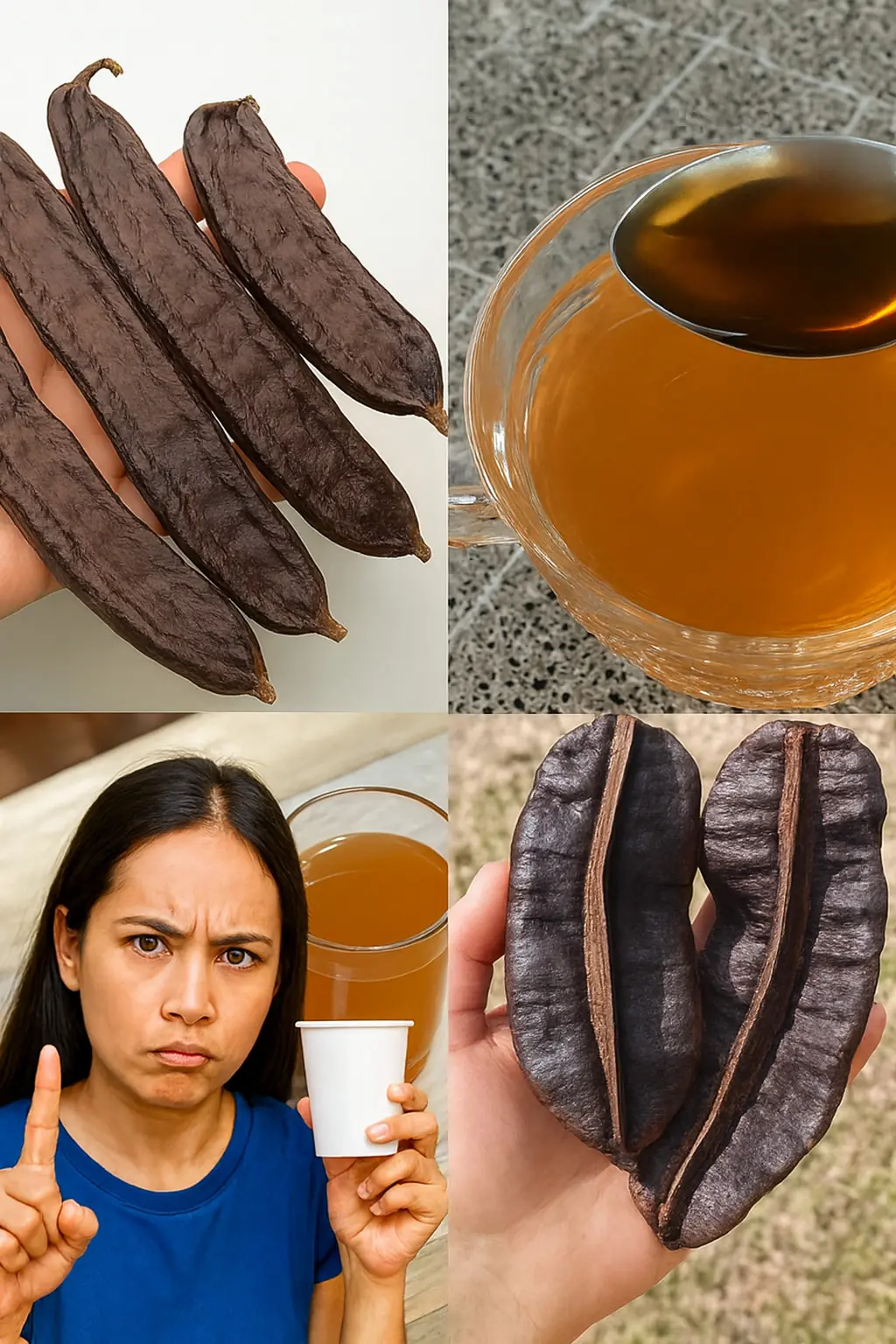
Carob: The Ancient Superfruit Set to Revolutionize Your Health in 2025
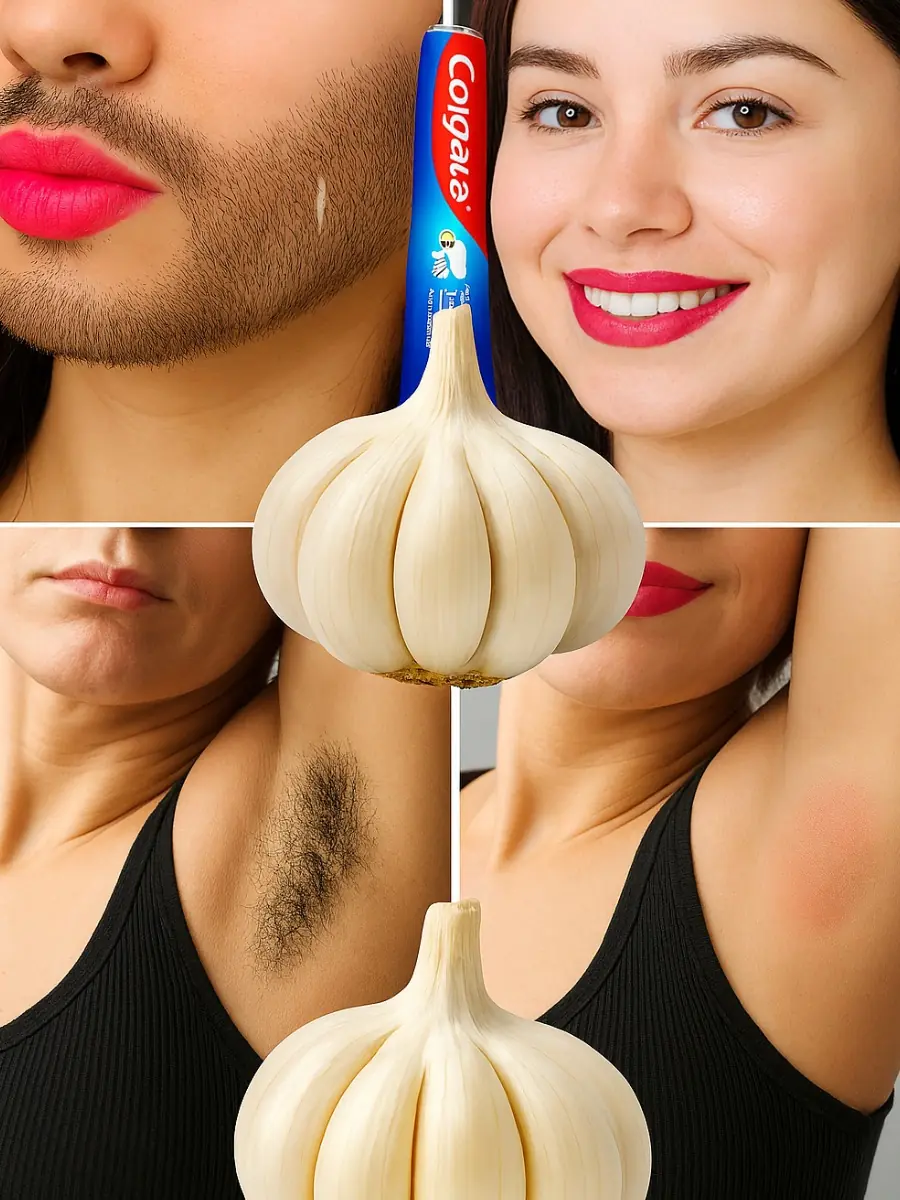
Ditch the Razor Forever! The Garlic Secret to Painless, Permanent Hair Removal Revealed!

🍓 Strawberry Marshmallow Cream Croissant 🍓

Bad Habits That Affect Thyroid Health

My wife left me and the kids for a rich man — 2 years later, she begged for another chance

What Do You See in the Image? A Goat or an Eagle? Your Brain Might Decide!

Ex-model on addiction and homeless life: ‘I’m in a lot of pain’

Twin toddlers drown after grandmother with Alzheimer’s leaves door open

Whispers under the bed: 5 year old’s cry for help

Cherry Peach Lattice Pie

Boost Your Health with a Miracle Drink

Restore Your Eyesight Naturally: A Simple Drink Recipe
